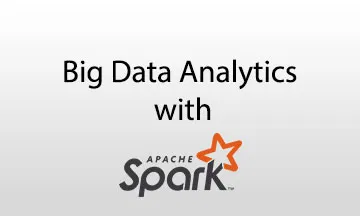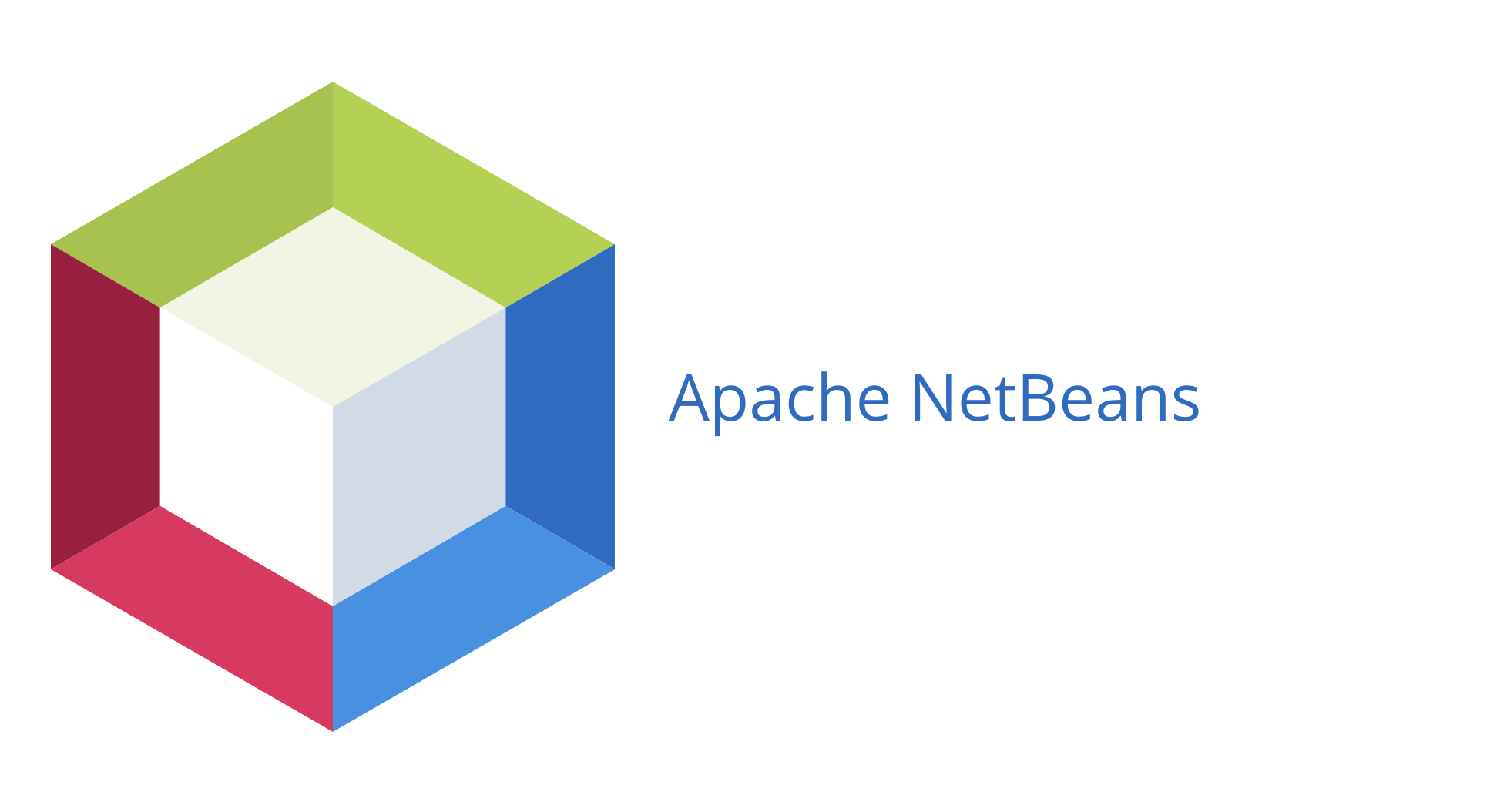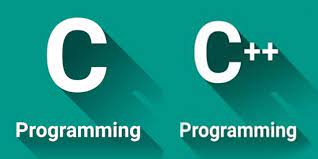Description
Introduction:
Big Data Analytics with Spark and Java is the ability to efficiently analyze and process large volumes of data is crucial. This course provides a comprehensive introduction to big data analytics using Apache Spark, with Java as the primary programming language. Participants will learn how to leverage Spark’s powerful distributed computing capabilities to perform complex data analysis tasks and gain actionable insights from large datasets.
The course covers key concepts and components of Apache Spark, including its architecture, core APIs, and advanced analytics features. Learners will explore data processing techniques, data transformations, and machine learning with Spark. By the end of the course, participants will be equipped with the skills to build scalable data processing applications and perform in-depth analytics on big data using Java and Apache Spark.
Prerequisites of Big Data Analytics
- Strong understanding of Java programming
- Basic knowledge of Apache Spark (core concepts such as RDDs, DataFrames, and Datasets)
- Familiarity with distributed computing principles
- Experience with SQL and data manipulation (optional, but recommended)
- Basic understanding of big data concepts (optional, but beneficial)
Table of Contents:
Conclusion
This training on Big Data Analytics with Spark and Java equips participants with the knowledge to harness the power of Spark for processing and analyzing large datasets. Attendees will learn to build scalable data pipelines and apply advanced analytics techniques. By the end of the course, they will be prepared to tackle complex data challenges in various industries.







Reviews
There are no reviews yet.